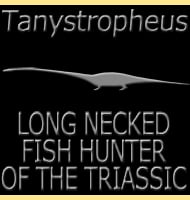Yehuecauhceratops
In Depth Yehuecauhceratops is a genus of ceratopsian dinosaur that lived in North America during the late Cretaceous. The holotype individual of Yehuecauhceratops was discovered in the Aguja Formation of Mexico, and in life is thought to have been similar to nasutoceratopsine ceratopsian dinosaur genera such as Nasutoceratops and Avaceratops. Unfortunately because of the lack … Read more
